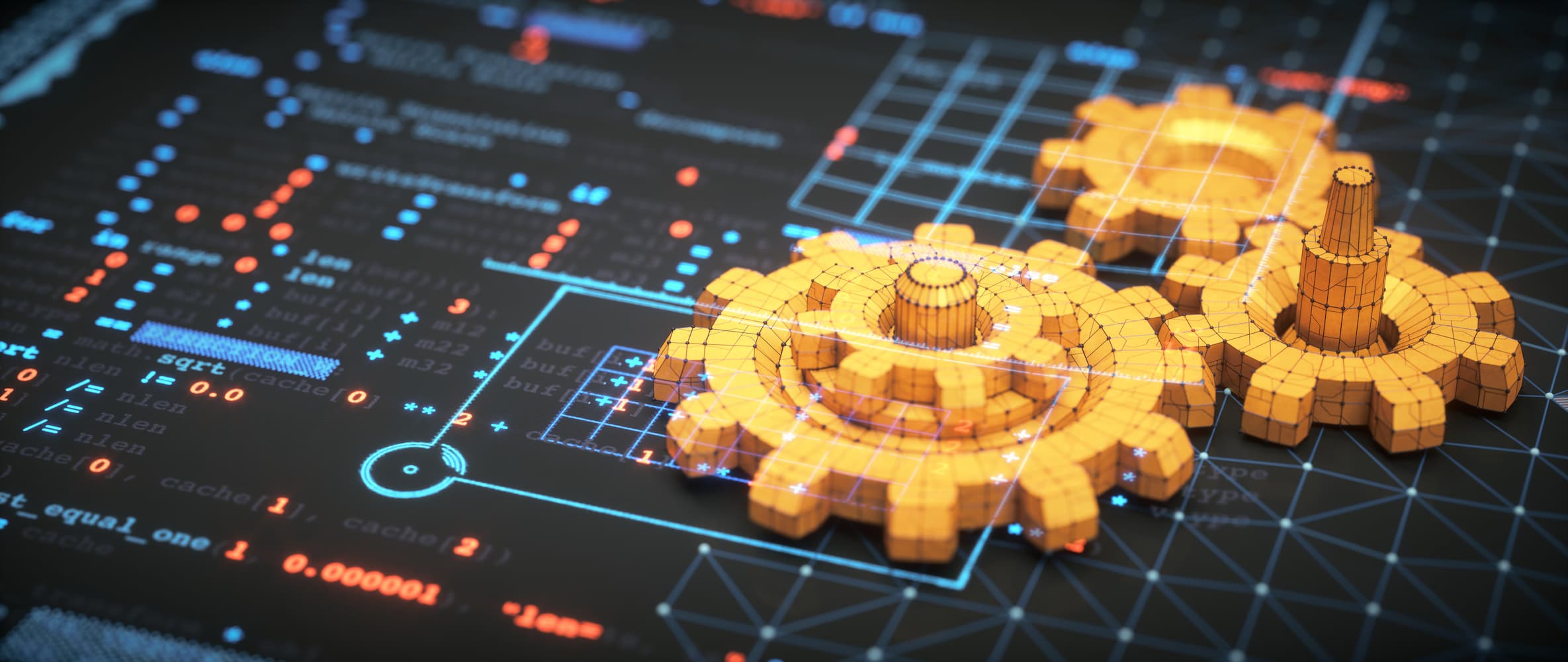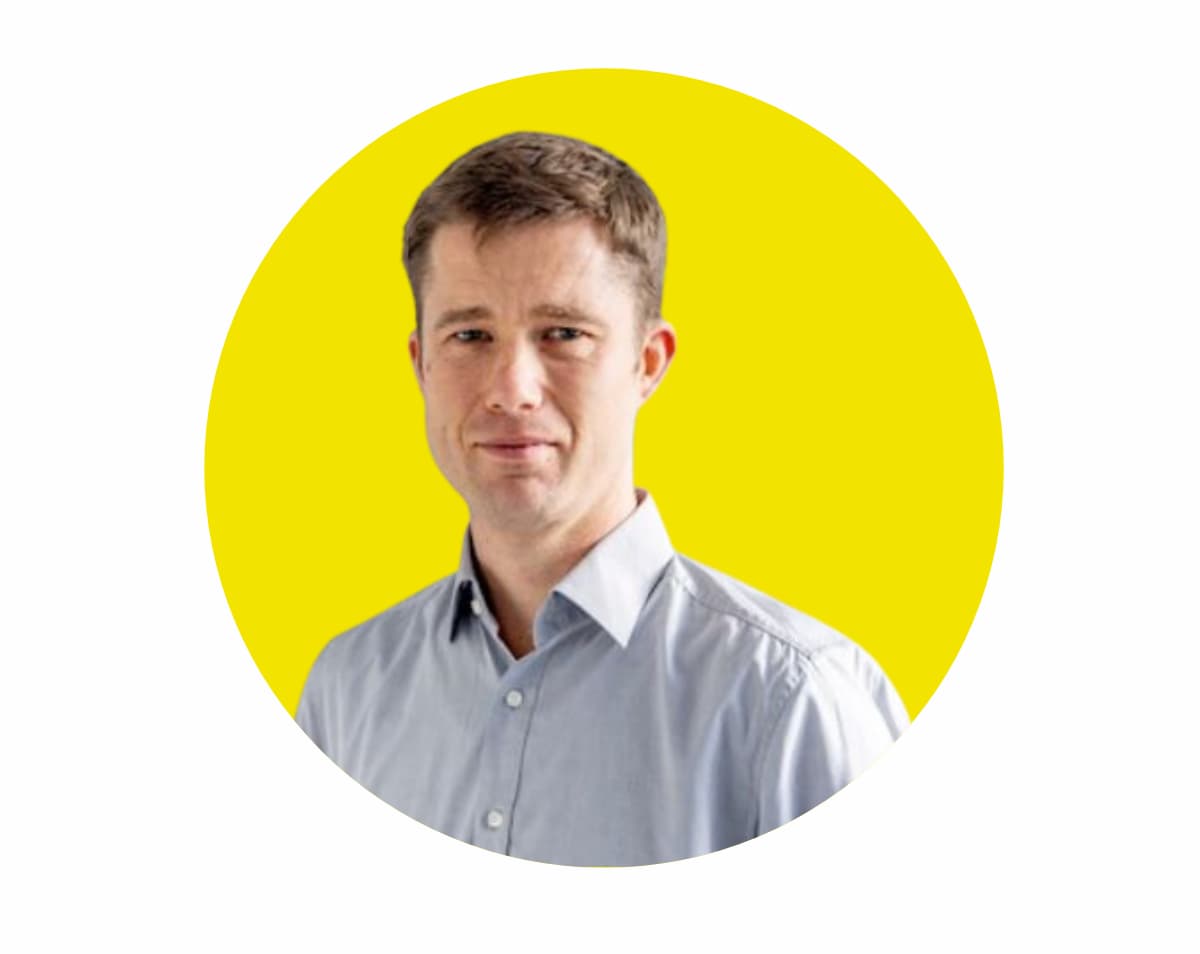Leveraging Machine Learning and AI for Predictive Maintenance: Insights from a Senior Software Engineer & Data Scientist
Culture and Values

Culture and Values
How can AI be harnessed to optimize asset maintenance across factory floors? We had the opportunity to interview Brunel specialist André, who shared insights on his team’s active involvement in enhancing the connectivity and big data collection between AI systems and industrial machines.

André received his doctorate from the University of Hildesheim in the field of machine learning, specialising in automated recognition of geometric structures in image and medical data. Since January 2013, he has been working at Brunel Car Synergies in Hildesheim, a city located in Lower Saxony, Germany. As part of his role, he develops data-driven solutions for the industry, with a focus on artificial intelligence and machine learning.

Predictive maintenance is a proactive maintenance strategy that aims to predict and prevent equipment failures before they occur. It utilizes advanced data analytics, condition monitoring, and machine learning algorithms to forecast when maintenance or repair is needed based on the actual condition of the equipment.
Predictive maintenance offers the advantage of recognising the need for maintenance interventions before they become critical. This is especially beneficial for machines like offshore wind turbines that are exposed to harsh environments. For instance, a sealing ring that can no longer withstand the salty air at sea can be detected early through unexpected changes in the gearbox's frictional resistance. Using predictive maintenance, it becomes possible to estimate when the damaged gearbox will reach a critical range and potentially fail. Companies can then schedule maintenance at an ideal time and bundle maintenance appointments. As a result, technicians can carry out all the necessary maintenance appointments during a single trip instead of making multiple trips for different systems, significantly reducing maintenance and personnel costs per system. That said, it's important to note that this is not about saving personnel, but about helping technical experts to provide better service and maintain a larger pool of equipment.
Certainly! Brunel Car Synergies (BCS) is a subsidiary of Brunel GmbH that serves as a testing and development centre for high-tech clients. With two locations in Hildesheim and Dortmund, BCS caters to national and international clients. At the Hildesheim location, where I work, a team of 80 professionals specialise in researching and developing embedded systems – products that integrate hardware and software – for companies in the agricultural technology, railway technology, medical and renewable energy sectors, providing tailored solutions to meet their specific needs.
My team and I focus on exploring how artificial intelligence can be optimally integrated and utilised across various industries. One common characteristic of AI models is that they often assign probabilities to predictions and decisions, rather than providing definite answers. This is due to the inherent uncertainty of probabilistic models used by AI algorithms. However, relying on probabilities presents a challenge when working with industrial machines, where smooth operation and reliability are critical factors. Ensuring seamless integration between AI and industrial machines thus remains a key concern that we strive to address in our work.
In areas where the use of AI does not conflict with the core requirements of machines, it can provide data-driven benefits. For example, proactive maintenance involves performing regular maintenance tasks on equipment before any signs of failure are detected, and this is an area where AI can be particularly useful. Most industrial machines have many sensors, which is how AI can collect the necessary data. In the first step, AI continuously measures key indicators such as oil levels in bearings. The data collected can cover all conceivable aspects, including resonance vibrations, electric currents, temperatures, pressure levels and actual failures. In the second step, AI continuously compares this data with learned limits and combinations where something broke, for example. We collect as much data as possible, interpret it and then accurately estimate the remaining service life of machines and individual components.
.jpg%3Fmw%3D1080&w=3840&q=75)
To make the technology tangible, André developed a wind tunnel as a practical reference project – a demonstrator. "It has a fan on one side whose speed I can vary," he explains. "In a free system, the air flows through at a certain speed. If I block the airflow, the sensors notice, and the AI calculates the trend of the change." © Gruppe für Gestaltung GmbH / Michel Iffländer
AI is indeed still in its infancy. As I mentioned earlier, data collection is essential to enable the algorithm to work. But this in turn requires data that accurately defines the limits of a component or machine – which essentially means breaking it. To do that without actually having to destroy expensive machines, we use a different approach. For example, I can drive the machine to certain limits through the AI and then tell it: “Stop, the component will soon break." This creates a multidimensional data sphere that consists of green and red data points representing good and bad states, respectively. To accurately estimate when something is breaking, it's important to create trends from time series data. Ideally, the data set will be continually expanded by the machines in the field of operation. However, machine learning technology is still highly application-specific and has its limitations. While our AI models are extremely helpful, they lack the ability to transfer their learning from one machine to another, even if it's the same task on a different machine. Changing the type of sensor data means that the learning process must start anew. So, this transfer learning is what I see as the next big challenge in AI research.
.jpg%3Fmw%3D1080&w=3840&q=75)
Sensors detect changes in air flow, which can also be visualised graphically in a multidimensional data sphere: green data points indicate a normal airflow and red ones indicate critical states. © Gruppe für Gestaltung GmbH / Michel Iffländer
.jpg%3Fmw%3D1080&w=3840&q=75)
At BCS Hildesheim, André is responsible not only for data analysis and software programming but also for coordinating closely with the team. © Gruppe für Gestaltung GmbH / Michel Iffländer
.jpg%3Fmw%3D1080&w=3840&q=75)
Although digital technology plays a key role in predictive maintenance and AI, specialists in Hildesheim still use pen and paper to model various scenarios. © Gruppe für Gestaltung GmbH / Michel Iffländer
Connecting Specialists to Pioneering Projects